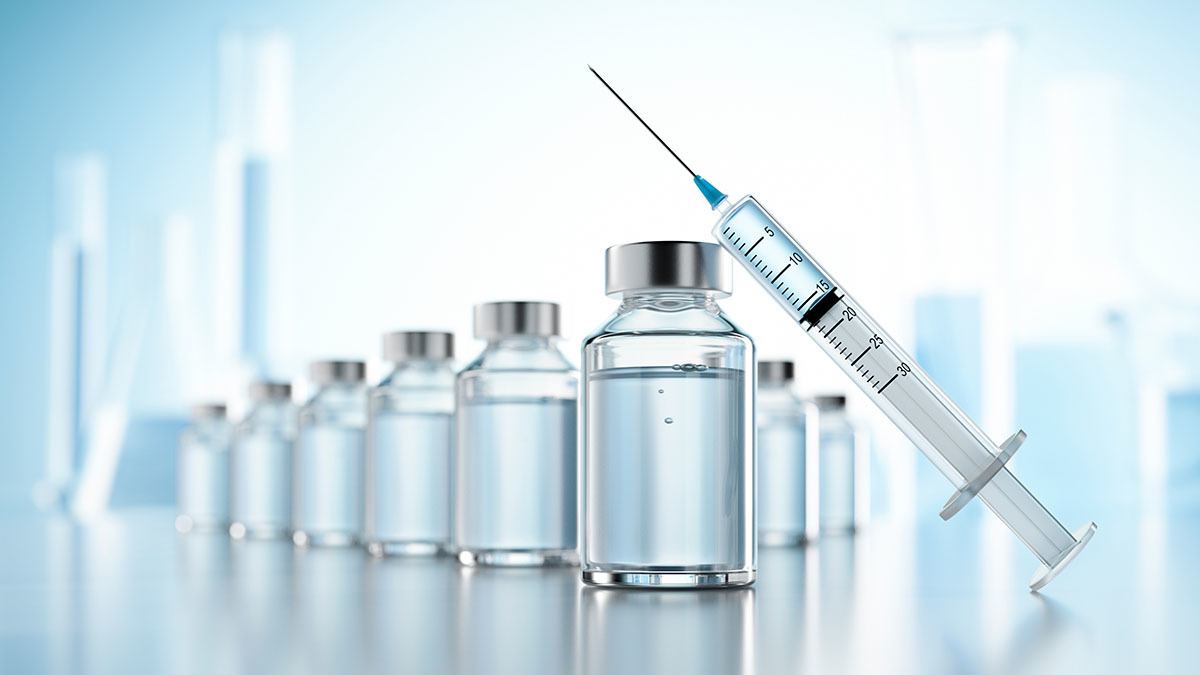USP Semi Volatile Organic Compound Extractables Testing
The USP Semi-Volatile Organic Compounds (SVC) extractables testing is a critical component of the pharmaceutical testing sector, ensuring drug product safety and compliance with regulatory standards. This process involves extracting potential contaminants from packaging materials that come into direct contact with a drug substance or its container-closure system (CCS). The aim is to identify and quantify any semi-volatile organic compounds (SVOCs) that may leach out under specific conditions, thus assessing their potential impact on the integrity of the drug product.
The USP has established stringent guidelines for extractables testing, which are designed to minimize risks associated with SVOCs. These standards are essential for pharmaceutical manufacturers to ensure that their products meet strict quality and safety criteria set by regulatory bodies such as the FDA (Food and Drug Administration) and EMA (European Medicines Agency).
SVOCs are organic compounds that have boiling points above 200°C but below 500°C, making them semi-volatile. They include a wide range of substances, from simple hydrocarbons to more complex aromatic compounds, which can be present in various materials used in drug packaging. Common SVOCs found in pharmaceutical packaging may include benzene, toluene, xylene, and other petroleum derivatives.
The testing process typically involves the following steps:
- Selection of appropriate test conditions that simulate real-world scenarios.
- Solvent selection for extracting SVOCs from packaging materials.
- Extraction and purification procedures to isolate SVOCs from other components.
- Analysis using advanced chromatographic techniques, such as gas chromatography (GC) or liquid chromatography coupled with mass spectrometry (LC-MS).
The USP guidelines emphasize the importance of thorough sample preparation and accurate identification of SVOCs. This ensures that all potential contaminants are identified and evaluated for their compatibility with drug products.
Accurate extraction is critical to this process, as it directly affects the reliability of the test results. The choice of solvent and extraction duration plays a significant role in determining the efficiency of the extraction step. Additionally, the use of appropriate chromatographic techniques ensures that even low levels of SVOCs can be detected.
The testing methodology is designed to cover various packaging materials commonly used in pharmaceutical applications, such as plastics, rubber, metal foils, and paper-based materials. This comprehensive approach helps manufacturers identify any potential risks associated with their chosen packaging solutions.
Applied Standards
| Standard | Description |
|---|---|
| USP United States Pharmacopeia | The USP provides comprehensive guidelines for extractables and leachables testing, including specific methods for identifying SVOCs in pharmaceutical packaging. |
| ASTM E1942-06(2020) | American Society for Testing and Materials standard that outlines procedures for extracting organic compounds from materials used in drug product containers. |
| ISO 15387:2019 | An international standard that specifies the general principles and methods for extractables and leachables testing. |
Scope and Methodology
The scope of USP Semi-Volatile Organic Compound Extractables Testing encompasses the identification, quantification, and characterization of SVOCs in pharmaceutical packaging materials. This includes both primary containers (such as vials, syringes) and secondary containers like cartons or overwraps.
The testing methodology involves several key steps:
- Material Selection: Identification of the packaging material to be tested. This can include polymers, metals, glass, rubber, paper, and other substrates.
- Solvent Choice: Selection of appropriate solvents based on the expected SVOCs present in the material. Common solvents include methanol, ethanol, acetonitrile, and chloroform.
- Extraction Procedure: The use of extraction vessels with controlled temperature and time to ensure thorough extraction without degradation of the material or SVOCs.
- Purification Steps: Removal of non-volatile components from the extract using filtration, distillation, or other purification methods.
- Analytical Techniques: Utilization of chromatographic techniques such as GC and LC-MS to separate and quantify SVOCs in the extracted solution. This step is crucial for identifying both known and unknown compounds.
The methodology also includes validation steps to ensure that the testing process meets USP guidelines and produces reliable, reproducible results. This involves calibration of instruments, verification of extraction efficiency, and confirmation of method sensitivity and specificity.
Environmental and Sustainability Contributions
The USP Semi-Volatile Organic Compound Extractables Testing contributes positively to environmental sustainability by ensuring that pharmaceutical packaging materials are safe for use in drug products. By identifying SVOCs early in the development process, manufacturers can make informed decisions about material selection and design, reducing the risk of potential contamination.
This testing also supports sustainable manufacturing practices by promoting the use of safer, more environmentally friendly materials. For instance, it encourages the development of packaging that minimizes the release of SVOCs into the environment during production or disposal.
Furthermore, compliance with USP standards can lead to reduced waste and improved resource efficiency in pharmaceutical production processes. By minimizing the use of harmful substances, manufacturers can contribute to a more sustainable supply chain.





